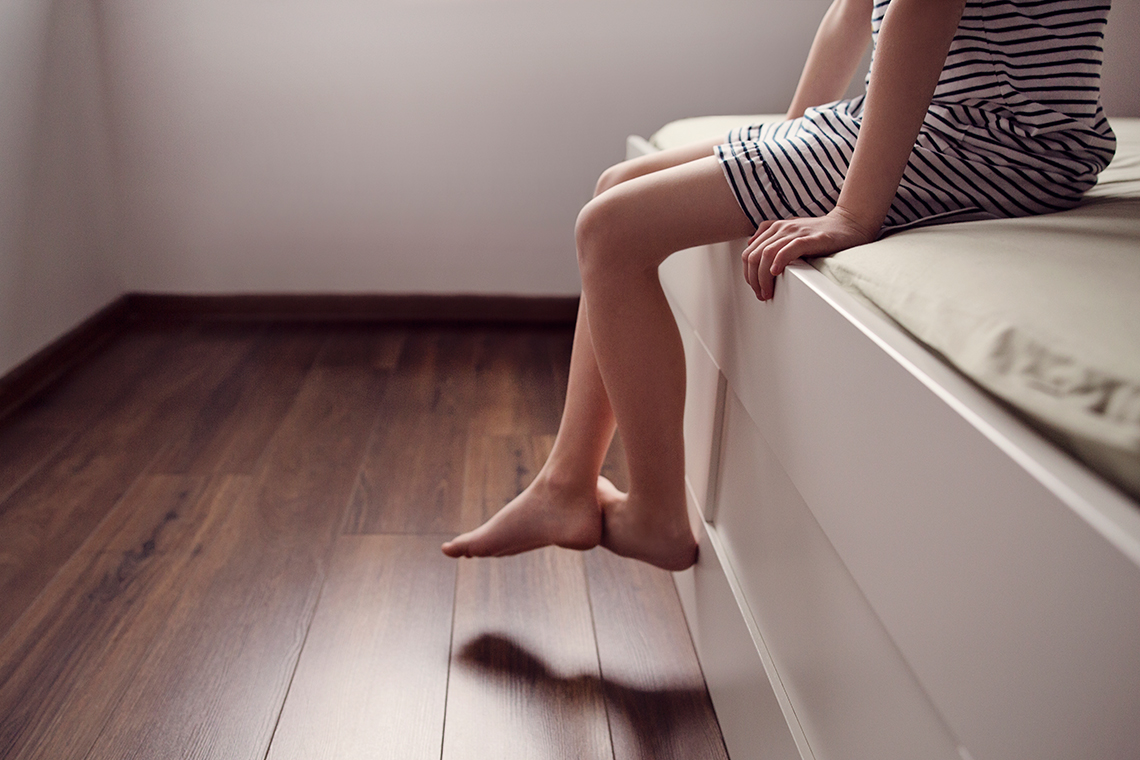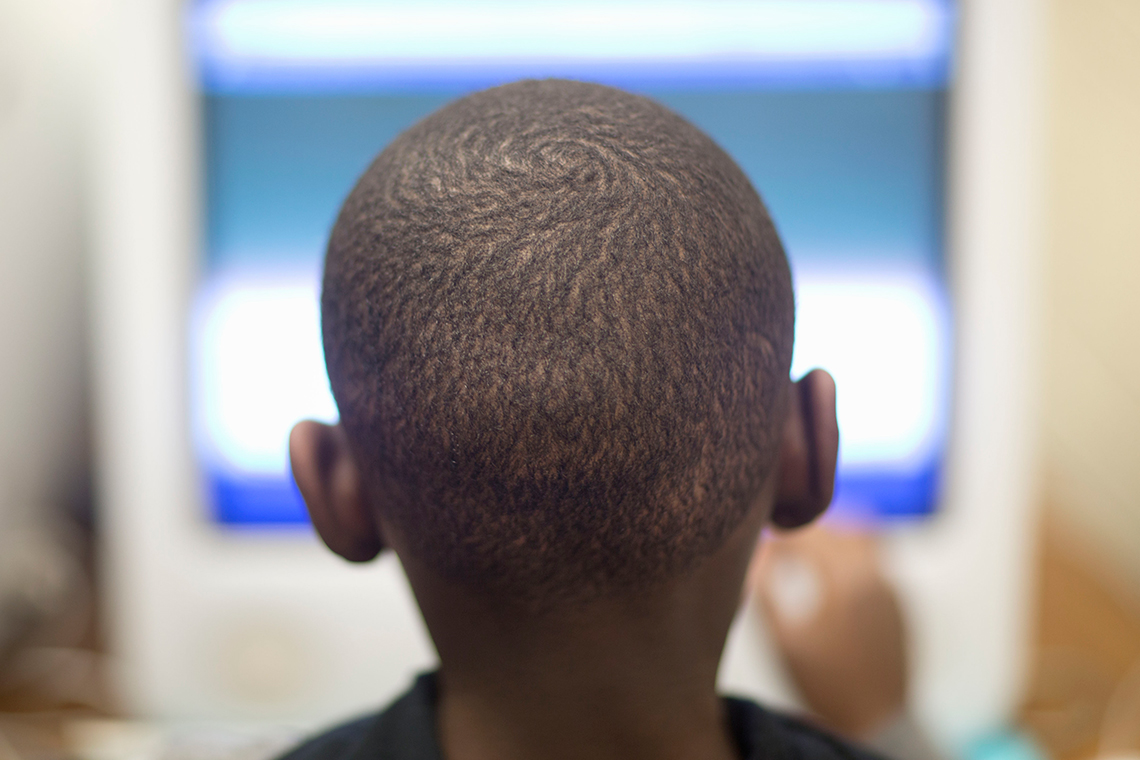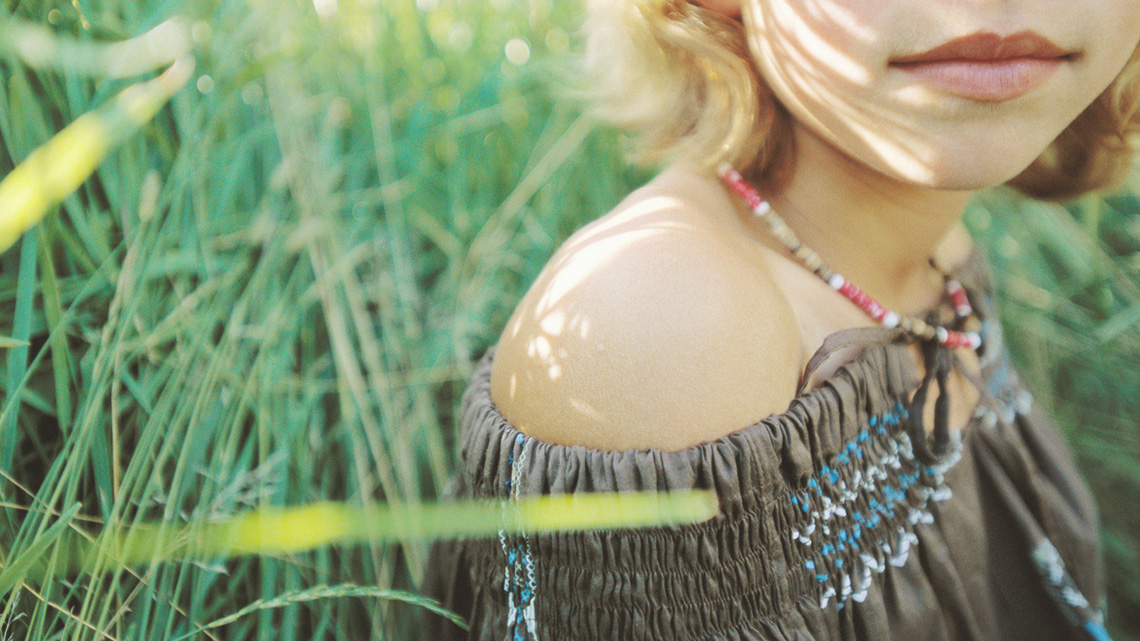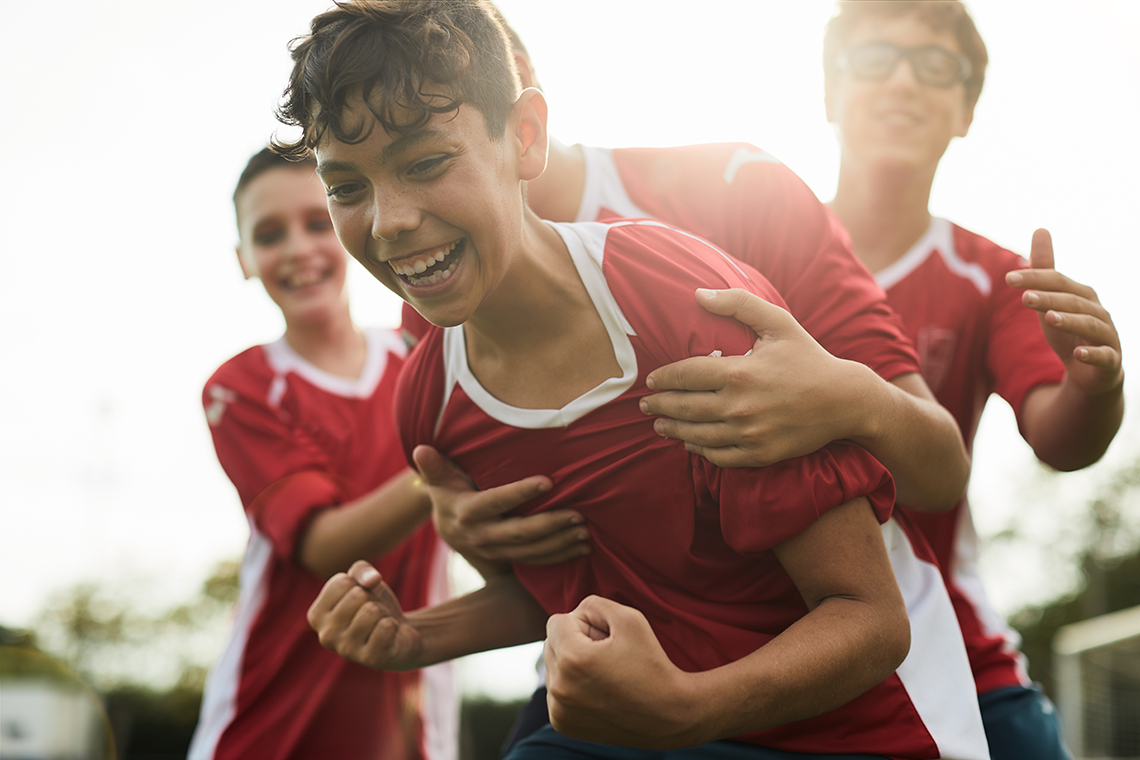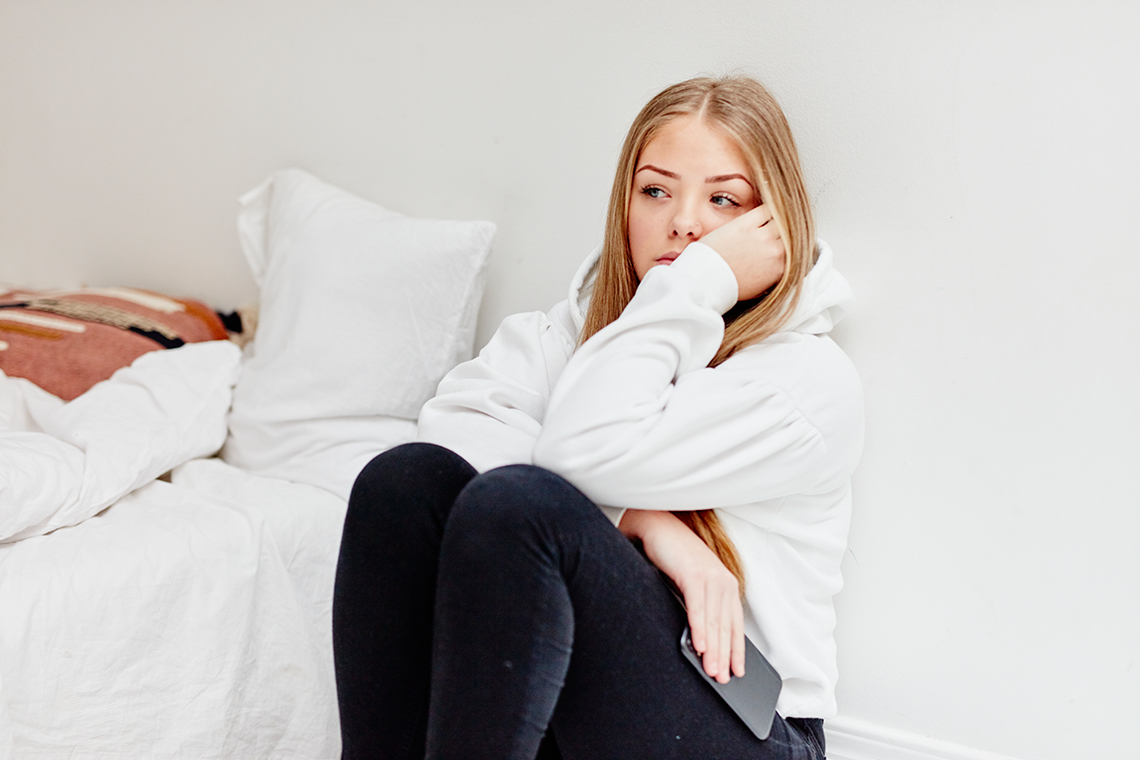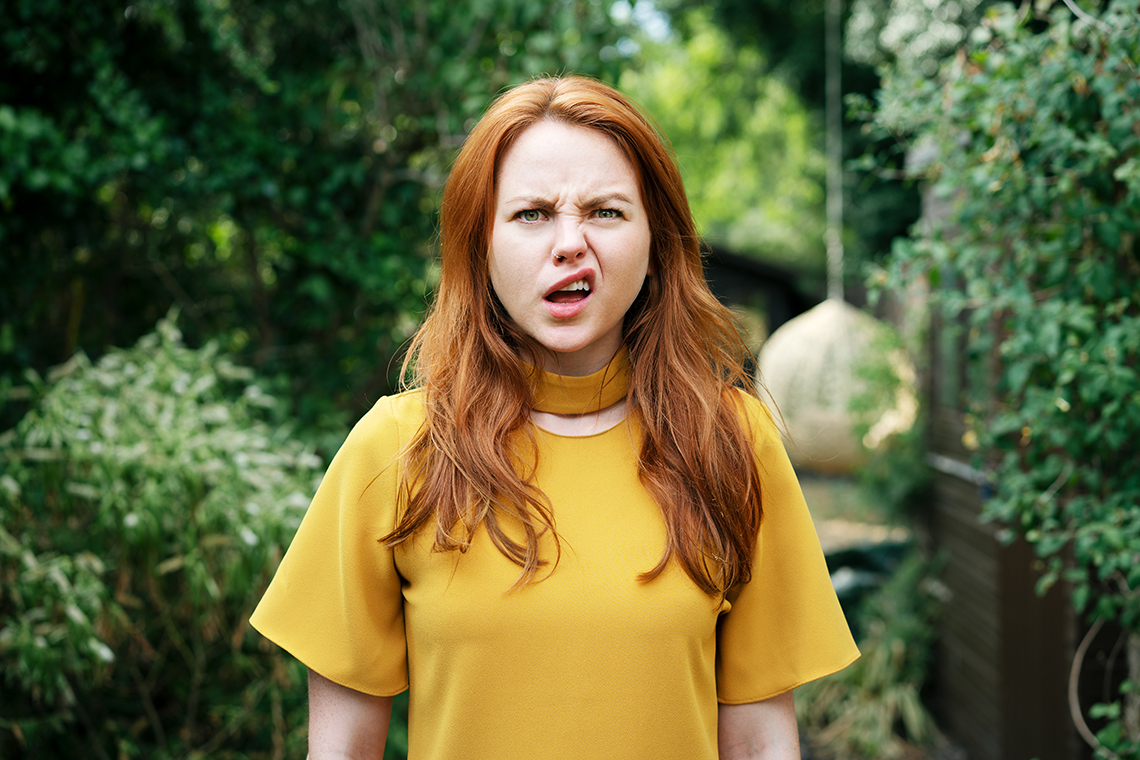Minds On
I like to move it, move it
Explore the following images of different body parts. Consider how each part moves in a different way.
Brainstorm
How can people move?
After reviewing the images, reflect on the different ways a person can move each body part.
Brainstorm as many ways as possible for each and record your answers using a method of your choice.
Action
Creative movement
 Description
Description
One person walks upright and one person crawls on the floor to depict different movement levels. One person walks in a straight line and one person walks in a zig zag line to depict different movement paths. One person walks and one person runs to depict different movement speeds.
We can alter the way we perform movements with slight adjustments. When we do this, it is called creative movements.
Creative movement categories
Creative movements can be broken down into three categories:
- level
- pathway
- speed
Each of these provide ways we can modify our movements and complete them in different ways.
Press the following tabs to learn more about each category of creative movements.
Examples: High, low, medium, high to low
The level of a movement describes how high or low to the ground the movement is.
Access the following video for an example of a standing yoga movement.
Explore the following video for an example of a similar yoga movement performed while sitting down.
Examples: Straight, curved, zigzag, waved
A pathway describes how we can move through open space. Think about a game of tag. If you are trying to avoid being caught, would you only move in a straight line?
Check out this video for an example of a straight movement.
Access the following video to explore a zigzag movement.
Examples: Fast, slow, fast to slow, slow to fast
Speed reveals how quickly you are performing the movement. If a person is turning their body left and right or moving their legs, the speed will tell you how quickly or slowly a person is doing that movement.
Explore the following video for an example of changing speed from walking to running.
Brainstorm
Different movements
In the Minds On section, you considered how different body parts move. Using those thoughts, how could you change those movements using creative movements?
Think of three modifications to those movements and record your answers using a method of your choice.
Movement and emotions
You will be performing various types of movements based on different emotions. Your goal is to reflect on how different moods can bring out different kinds of movement.
Safety
Before you begin, consider these safety precautions:
Warm Up
Warm up
Let’s warm up your body before the activity. Try the following exercises to help you stretch, prevent any injuries, and perform the movements in the next activity.
Remember to warm up before doing any physical activity!
Press the following tabs for warm up activities that you can try.
If you can, let’s stretch our necks! This stretch can be performed standing up or in a seated position. Keep your shoulders relaxed as you begin with your head facing forwards. Gently and slowly tilt your head to the right. Hold here for five seconds. Begin rolling your head slowly, keeping your chin tucked and head down, to the opposite side. Hold for five seconds. Roll your neck back to the middle, then bring your head up to the starting position. Repeat 3-5 times.

If you can, let’s warm up our shoulders! Either standing or in a seated position, raise and extend your arms to the sides without bending the elbows. If you are standing, have your feet shoulder-width apart. Keep your thumbs pointing in front of you. Begin slowly rotating your arms forward, making small circles. Go forward for 20-30 seconds, then backwards for the same amount of time.

If possible, stand tall and shift your weight to your right leg. Lift your left foot back and hold it with your left hand. Pull the left foot towards your butt and feel the stretch. Hold the stretch for 20 seconds and repeat with the right leg. Repeat the stretch five times for each leg.

Stand or sit upright with your hands to your sides and lift one leg slightly up to make small circles with your ankles. Do this 10 times in each direction and repeat with your other foot.

Stand or sit upright with your hands in front of your chest. Hold one wrist with the other hand and make small circles with the wrist that is being held. Complete this 10 times in each direction and repeat with your other hand.

Begin in a standing position with your legs together and your arms at your sides. Stretch your arms above your head and jump slightly so that your feet are spread wider than shoulder-length. Repeat this movement 10 times.
 Description
Description
A person begins a jumping jack by standing straight with their hands at their sides. They jump so they end with their feet spread apart and their hands touching above their head.
Communicating emotions
Review the following images. Consider what emotions are being shown and how you might express those emotions through movements.
Now that you’ve explored the images, create and perform a type of movement that you feel best represents each emotion. You may also choose an emotion that was not pictured and create a movement for it. These movements can be anything you’d like, but you must include at least one creative movement modification.
Press ‘Modification Tips’ to access ways you can change your movements.
Some creative movements to consider include lowering your body to the ground, waving your arms over your head, or marching in slow motion.
As you’re creating the movement, try coming up with names for some of the movements based on what they look like. The names can be fun and creative.
Complete the Mood Movements organizer in your notebook or using the following fillable and printable document. If you would like, you can use speech-to-text or audio recording tools to record your thoughts.
| Mood | Movement | Creative modification | Name of movement |
|---|---|---|---|
Press the ‘Activity’ button to access Mood Movements.
Pause and Reflect
Pause and reflect
Answer the following questions:
- How did you choose which movements, levels, and pathways to use for each emotion?
- Can movements express emotions?
Cool Down
Cool down
Now it’s time for a cool down! It’s important to allow your body to gradually return to a resting state after intense physical activity.
Remember to perform your safety check before you begin.
Depending on what activities you are performing, choose one of the following cool downs, or you may do a combination of them.
Press the following tabs to access the cool downs.

- Jogging: Begin with a jog and transition to a walk. Do this for 2-5 minutes.
- Wide Toe Touch: Now do wide toe touches for 60 seconds. To perform a wide toe touch, position your body in the shape of a star, then bend forward and reach with one arm to touch the opposite foot. The other arm which is on the same side as the foot is pointed upwards. Hold this position for 10-15 seconds, then return to the starting position and repeat on the opposite side.
- Quad Stretch: Stand up straight and shift your weight to one leg. Then lift your other leg backwards towards your butt and grab it with the arm on the same side. Hold it for 20-30 seconds and repeat with the other leg. Do this 5 times for each leg.
- Child’s Pose: Do the child pose for 30 seconds. To perform the child pose, get down on your knees and bend your body forwards stretching your arms out. Your forehead should be resting on the floor.
- Abdominal Stretch: Now, do an abdominal stretch for 30 seconds. To perform the abdominal stretch, lie face down with legs straight up and place your arms in a push up position. Push upwards and slowly lift your torso holding the position.

- Shoulder Stretch: Bring one arm across your chest bend your other arm to help support it into position. Hold the position for 30 seconds and then do the opposite side. Repeat three times.
- Triceps Stretch: Bend one arm up and behind towards your shoulder blade. Use the other arm to help support it into position. Hold the position for 30 seconds and then do the opposite side. Repeat three times.
- Overhead Stretch: With your body straight, interlock your fingers and bring your arms above your head. Have your palms facing away from you. Hold the position for 60 seconds.
- Torso Stretch: With your body straight, fold one arm behind your back and use the other arm to help support it into position. Then bend your torso towards one side. Hold the position for 30 seconds and then do the opposite side. Repeat three times.
- Chest-Cross Arm Swing: With your body straight, put your hands horizontally straight out to the sides and then swing your arms to make an ‘X’ shape back and forth for 60 seconds.

- Flutter Kick: Lie on your back with your hands to the side. Lift your legs and perform a kicking motion, alternating the legs back and forth. Do this for one minute.
- Side-Lying Leg Lifts: Lie on your side with one arm supporting your head and one arm bend in front supporting your body in position pushing against the ground. Lift your leg slowly and gradually return it back. Do this five times and then switch to the other leg.
- Single Leg Hug: You can do this lying on your back or standing straight up. With your arms, hug your thigh to bring one knee towards your chest. Hold the position for 20-30 seconds then gradually release and switch sides. Repeat three times.
- Butterfly Stretch: Sitting on the floor bring both feet together so they are touching. Use your arms to safely move your knees towards the floor. Hold the position for 20-30 seconds and then release gradually. Repeat three times.
- Hip Flexor Stretch: Kneel on one of your knees and bend your other leg in front of your body at approximately a 90-degree angle. Shift your weight forward until you feel a stretch. Hold the position for 20-30 seconds and switch sides. Repeat three times.
Consolidation
Sequences

In this activity, you will create a movement sequence. This means you will choose five movements that you can transition smoothly through from one action to the next.
Just like how your movements in the Action section represented emotions, your movements should represent something in this activity as well. It’s up to you what the theme will be.
Press ‘Theme Ideas’ to access examples of potential themes.
Some possible themes include animals, activities, chores, and songs.
Be sure to include a combination of movements involving different speeds, pathways, and levels. You can use the following checklist to help you design your sequence.
Sequence checklist
Complete the My Movement Sequence organizer in your notebook or using the following fillable and printable document. If you would like, you can use speech-to-text or audio recording tools to record your thoughts.
|
My theme: |
|
First locomotor movement, including one creative movement modification: |
|
Second locomotor movement, including one creative movement modification: |
|
Third locomotor movement, including one creative movement modification: |
|
Fourth locomotor movement, including one creative movement modification: |
|
Fifth locomotor movement, including one creative movement modification: |
Press the ‘Activity’ button to access My Movement Sequence.
Reflection
As you read through these descriptions, which sentence best describes how you are feeling about your understanding of this learning activity? Press the button that is beside this sentence.
I feel…
Now, record your ideas using a voice recorder, speech-to-text, or writing tool.

